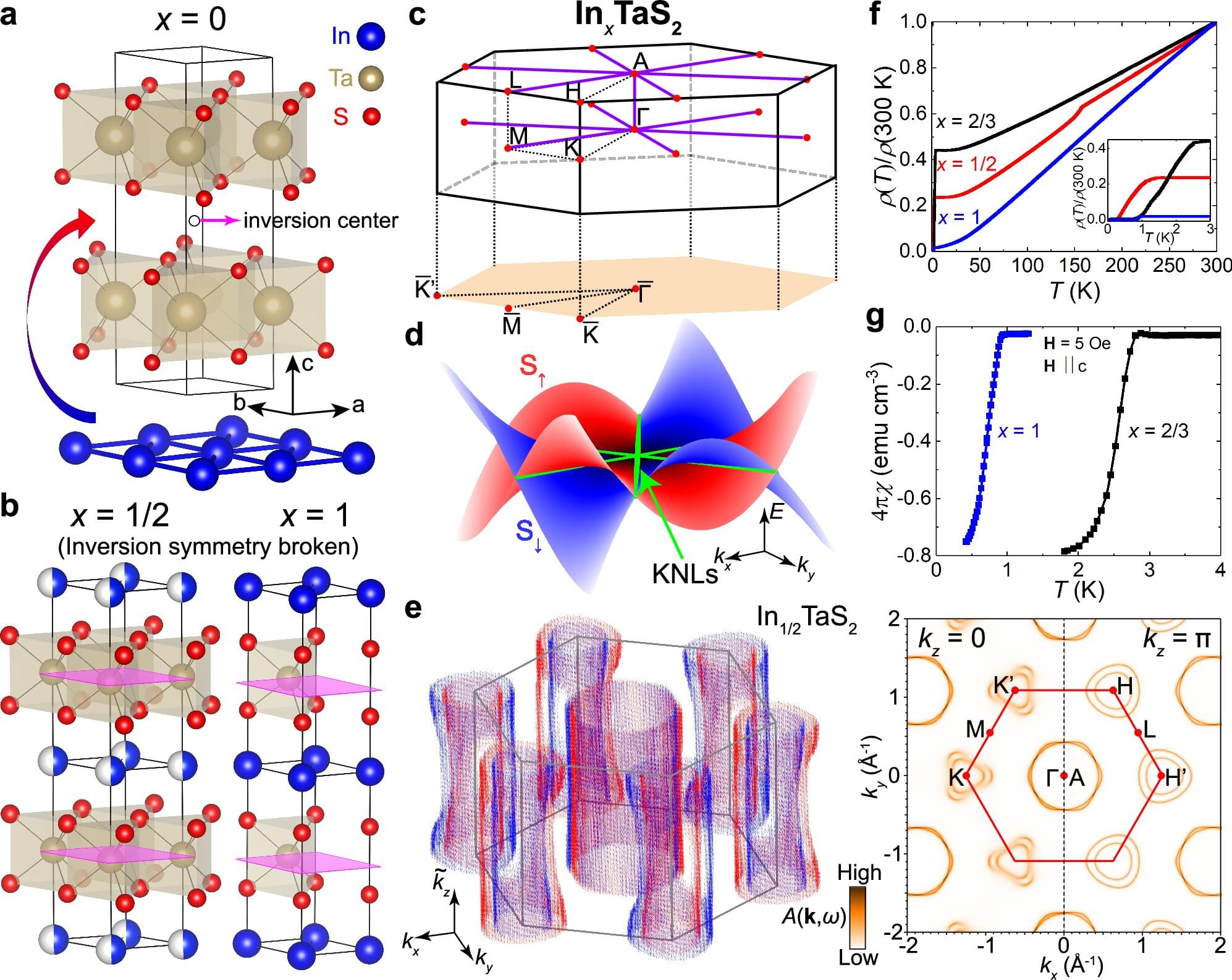A research team led by physicists Ming Yi and Emilia Morosan from Rice University has developed a new material with unique electronic properties that could enable more powerful and energy-efficient electronic devices.
The material, known as a Kramers nodal line metal, was produced by introducing a small amount of indium into a layered compound based on tantalum and sulfur. The addition of indium changes the symmetry of the crystal structure, and the result promotes the novel physical properties associated with the Kramers nodal line behavior. The research, published in Nature Communications, represents a step toward low-energy-loss electronics and paves the way for more sustainable technologies.
“Our work provides a clear path for discovering and designing new quantum materials with desirable properties for future electronics,” said Yi, associate professor of physics and astronomy.
